Last week I discussed the assignment that I did in the small town of Joboji, in the Iwate Prefecture some 600kms north of Tokyo. I was to shoot on the Wednesday and Thursday, but with it taking a good seven hours to drive up there, I needed a day for travel. I also don’t sleep well in lodgings or hotels on the first night, and because I wanted to be relatively fresh for the shoot, I actually headed up there a day early, so I travelled on the Monday, and spend the whole day on Tuesday just driving around the area, looking for interesting shots. Today we’re going to look at a number of images from this Tuesday, with one last image of a cute little frog that I spotted while shooting the assignment on the Thursday.
So, as I expected, I slept pretty badly on my first night. Despite going to bed early enough to get up at the crack of dawn and still be fresh, the dog at the lodgings was barking much of night, and my usual not being able to sleep easily in a strange place really got a hold of me. Because of this, I stayed in bed 30 minutes or so longer than I would usually, but still got up at around 5AM, and headed out to see what I could photograph. The first image, which is number 1887, is a view from the main road that runs through the small town. The heat of the sun hitting the dew on the rice shoot was already starting to cause haze to build up in the hills. This broken shack like structure caught my eye, and there was a man trimming the grass at the edge of the paddies. My extra thirty minutes in bed was hitting me hard here, as you can see, the light was already starting to get pretty harsh, and it was only 6:30AM when I shot this. This is one of the things that takes its toll when shooting in Japan. The sun comes up so early in the summer time. There’s been talk of implementing daylight saving time for years, and it never seems to get done. I’m not bad at getting up early though, so it’s not usually a big deal, as long as barking dogs and unusual surroundings don’t keep me awake at night. I cropped tightly here by the way, wanting to avoid getting the sky above the hills in the top of the shot. The sky was very bright, and I didn’t want to battle with the contrast in the frame. I also simply like tight cropping, as you probably already know. I stopped down to F11 with my 70-200mm F2.8 lens here, and used a shutter speed of 1/160th of a second at ISO 100.
I had not had time to even take a look at a map of the area before leaving Tokyo, so was really just fishing for shots here. I got back in the car after the last one, and drove back through town waiting for something to make me want to take a side road. That happened when I saw a road sign for a town that I think was called Ideru. The reason it caught my eye was because the name was written with a character that can be read as ‘ide’, but then the katakana or phonetic alphabet was used for the ‘ru’ part, and I’d never seen this before. That was enough to get me turned off the main road though, and driving along a really narrow road up into the hills. About three minutes along this road I was confronted with the scene that I captured in the next two shots we’ll look at. The first is image number 1888. The road was narrow, but there was a place to pull over to my left as I stood taking this shot. I must have been standing in the middle of the road with my tripod for a good ten or fifteen minutes and not a single car drove past. It’s great working in the countryside like this. Anyway, as you can see, the light was beautiful, and the haze that had added atmosphere to the last shot was really helping to highlight the sun’s rays as they pour through the trees here. It was a perfect spot. I like the framing, but it was partially governed by the fact that there was a small post with a reflector marking the edge of the road in the bottom right, and the place to pull over into was small and meant that the front of my car was pretty close to the left too.
Not so much for this shot actually as the next, image number 1889, in which I shot pretty much the same scene, but in the Landscape format as opposed to Portrait. Thinking about this now, I wished I’d also panned up a little, and shot two frames to stitch together to make a square image with this as the base. I don’t recall thinking about this, and I was happy with the composition when shooting, but I feel now that I would like to have seen a little more at the top of this shot. Again at F11, the shutter speed here was 1/8th of a second, at ISO 100.
One thing to note here as well is that I have started to be more conscious of getting both a portrait and landscape format shot when possible. I’ve been getting the odd request for stock photography when the client asks if I have a portrait version of a landscape format shot, or vice versa. I rarely have kept this in mind in the past, and as I’m not really out shooting with stock photography in mind, I probably won’t do it a lot anyway, but I’ll start to keep this in mind when the image will probably work in both aspects.
As I started to decent the hills that I’d climbed up through having moved on from where I shot the last image, I came to the open expanse that we see in image number 1890. The road was wider now, and I’d still only seen a few other cars, so I pulled over as close to the curb as possible, and shot this. The bright green in the foreground are tobacco leaves. Apparently Iwate is famous for its tobacco farms, but I didn’t know that at first, and had to ask the lady at the lodgings what these plants were. I used my Singh-Ray Color Combo polarizer filter for this again, which kind of shows up in the warm greens and the blue of the sky, especially to the right of the shot as we move away from the sun. I am actually thinking of getting a second, with a 77mm filter thread, as I have to keep using a reducing adapter when I want to use this filter on lenses other than my 16-35mm F2.8 II lens, which has an 82mm filter thread. It’s not a big deal, but when I use the adapter with the 70-200mm lens for example, I can’t get the lens hood on, so I have to be careful not to get the sunlight hitting the front of the filter directly and causing flare. I was shooting this image with the 16-35mm lens though, so it wasn’t bothering me at this point.
I turned around a little further along this road, and headed back into Joboji, and then out through the other side of town. Again, there was field after field of what I learned to be tobacco plants, and many rice fields too. As I searched for shots, I came across an abandoned van at the side of the road, that we can see in image number 1891. I say abandoned, but was actually happens here in Japan is when a car get’s replaced, there is little to no value on the old one. The dealer won’t buy it in part exchange, and you usually find that you have to pay to have it disposed of, so people tend to use them in the countryside as a place to rest and have a break. That is probably why this van was left under this tree, so that it can get some partial shade in some parts of the day, and then the person working the fields nearby would come and sit in the van to have a break, especially I imagine on rainy days. Again here I used the Singh-Ray Color Combo polarizer. I didn’t apply the effect fully, as it made the sky overly dark, and I actually cropped the top of this image a little, again, because the sky was getting much darker towards the top of the shot. That’s one problem with using polarizers with very wide angle lenses. You get such a wide slice of sky in, that the polarizing effect starts to make bands of very different shades of blue across the sky. Again at F11, the shutter speed was 1/80th of a second for this shot, with ISO 100.
I continued to drive around, and stopped to look at a few places, some that I shot, but could make much out of, and some that I simply got back into the car and moved on. One type of subject that kept catching my eye, but not in a situation that really lent themselves to a good photograph were lots of tall yellow large daisy like flowers. I’d stopped a few times, and not shot them, because it just didn’t seem right. Then, as I was heading back into town, I saw the one that we can see in image number 1893. What made this particular subject special was that it was on the border between sunlit and shadow. This would enable me to shoot it with this very dark background, with lots of contrast. As you can see, I positioned the flower and composed the shot with a few other yellow flowers in the background, just below center to the left. I actually had to make some adjustments in Lightroom to bring them out this far. I didn’t want to go any more though. I wanted to be able to see them, but not make them so bright that it removed this dramatic contrast. For this shot I switched to spot metering on my camera, and metered the bright yellow petals, then set the exposure so that the yellows were very close to the right shoulder of the histogram, but not touching it. I turned on highlight priority as well, so that I could capture as much detail in the highlights as possible. One other thing that I’ve found but can’t remember whether or not I’ve already mentioned this is that the histogram in LiveView doesn’t give an accurate representation of the scene until you hit the depth of field preview button. I’ve started to get into the habit of using depth-of-field preview much more when using LiveView because of this, mainly because much of the time I’m using LiveView also to check the histogram before tripping the shutter. As I’ve mentioned before, I’m using LiveView for focusing a lot these days too, but this particular subject was swaying around in the wind a lot, so that wasn’t the case for this shot. I was using the 24-70mm F2.8 lens for this by the way. The ISO was 200, because I was in highlight priority mode, and the aperture was F4 with a shutter speed of 1/400th of a second.
It was 9:45AM when I shot the last image, and I didn’t really shoot much more this day. I drove a long way along the river that runs through the town, but couldn’t find any way to get down to it at any of the more scenic looking spots. As I mentioned earlier, I wanted to look at one more shot from the Thursday, when I was shooting the assignment that we looked at last week. This is image number 1894. As I was shooting the Lacquer Scratching Craftsman, I noticed this little guy sitting on a leave, just inside the undergrowth. This is a Tree Frog native to Japan. The Japanese word for this frog, Amagaeru actually translates as rain frog. They’re pretty common in Japan, so it wasn’t much of a surprise to see him, but I couldn’t resist dropping the macro lens on and shooting a few frames before going back to work. This is a little soft actually, as I did not have my tripod with me, but it’s acceptably sharp, so I decided to upload it to my gallery. I actually scared him back there, as he was on the leave in the foreground when I started to compose the shot. He jumped back and swung around to keep an eye on me as I loomed in closer. The ISO was at 400, and aperture at F3.5 for this 1/125th of a second exposure. I like this photo personally because it’s a reminder of the natural surroundings in which I was fortunate to be shooting an assignment up here in Joboji, so far from my Tokyo home.
So a relatively quick one this week. I hope you enjoyed the photos and the few tips that I interwove in there though. I wanted to quickly mention that on request from the MBP Community, I have customized our gallery at mbpgalleries.com, where many of you are sharing your work, as we also use this gallery to post our assignment images. I’ve changed the code so that the site does not display the name of the photographer in the image information section when the image is in an active assignment album. Many people thought this would be better, and I had a few minutes yesterday and decided to do the customization. Now, you will only be able to see the photographer name after voting has completed, and the albums is opened up for comments and rating images etc. We won’t do this for the current Shadows assignment, but I have also changed the rules so that we should not include our names in the image from now on either. Many people, including myself, add a copyright with our names to the image before uploading, but this too will give away who uploaded the image, and could sway the judgment of the voter. I doubt that this has been a big problem in the past, but we can rule it out as a possibility if the name is not displayed at all. As a reminder, you will be able to upload your entry for the assignment until midnight on Sunday the 7th of September, 2008, just about anywhere in the world, and then on September 8th voting will start for two weeks until the end of Sunday September 21st, 2008.
I was pleased that I could get another Podcast ready quickly this week too, as today marks the third birthday of the Martin Bailey Photography Podcast. I think I said in the last episode that it was Sunday, but I’d forgotten that there are 31 days in August, it was actually today, September the 1st, three years ago when I released Episode 1. Once again, thanks to all of you for continuing to listen, as without you guys there’d be no point in doing this. Thanks to all the new listeners as well for tuning in. I’ve received a lot of mail recently from people that have just started listening, and have either just finished or are in the middle of catching up on the now pretty huge archive. I have to say I don’t envy people having so much to get through to get caught up, but it’s great to hear that some people are excited to find such a large archive to keep them going for a while. If you know anyone that might also be interested in the Podcast by the way, please do mail out, and suggest they take a little. I find mailing the iTunes subscription link from the Podcasts page at martinbaileyphotography.com is about the best way to get people hooked up, but whatever way you do it, every additional listener counts, so please continue to spread the word, and help others to benefit from not only the Podcasts but from the great community that we’ve built here. Let’s wrap it up there for today though, so with congratulations to us all on our third birthday, I’ll sign off, and you have a great week, whatever you’re doing. Bye-bye.
Show Notes
Here’s a link to the Singh-Ray Color Combo filter: http://www.singh-ray.com/shop/lighter-brighter-lb-colorcombo-polarizer/
By the way, the MBP Podcast is 3 years old today. Episode 1 was released on this day, September 1st, 2005. Thanks to all of you that continue to listen! Without you there’d be no point.
The intro Music in this Podcast was created and produced by UniqueTracks.
The ending music in this episode is from the PodShow Podsafe Music Network at http://music.podshow.com/
 Subscribe in iTunes for Enhanced Podcasts delivered automatically to your computer.
Subscribe in iTunes for Enhanced Podcasts delivered automatically to your computer.
Download this Podcast in MP3 format (Audio Only).
Download this Podcast in Enhanced Podcast M4A format. This requires Apple iTunes or Quicktime to view/listen.

Posted on behalf of Martin by Michael Rammell, a Wedding Photographer based in Berkshire, England. Michael also has a long-standing passion for Nature & Landscape photography. To catch up with Michael, visit his Web site, and follow him on the following social networking services.

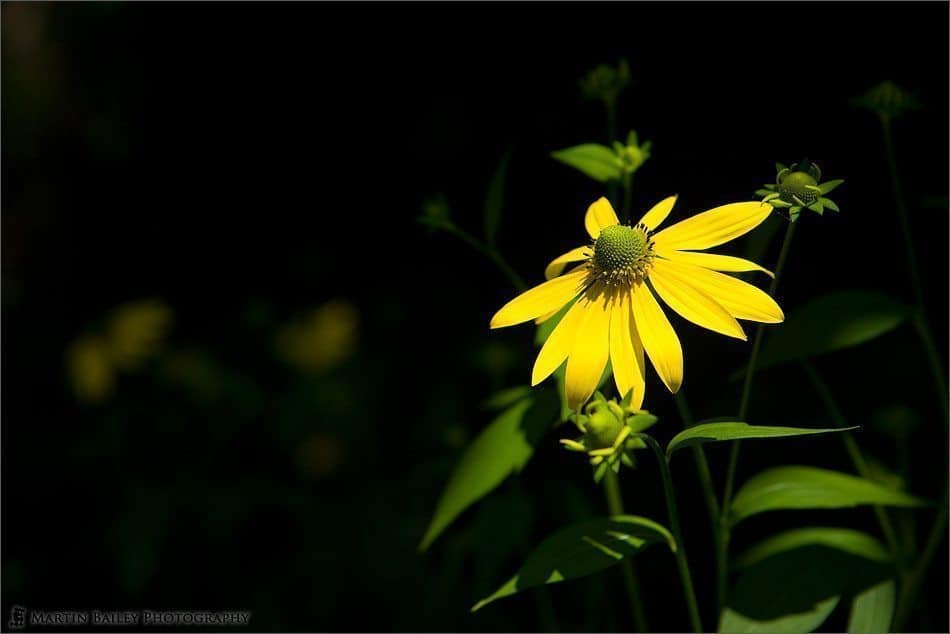
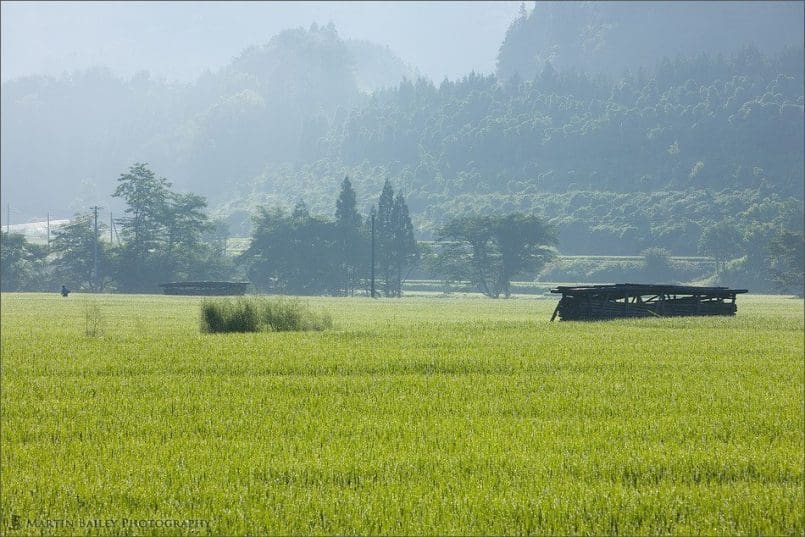
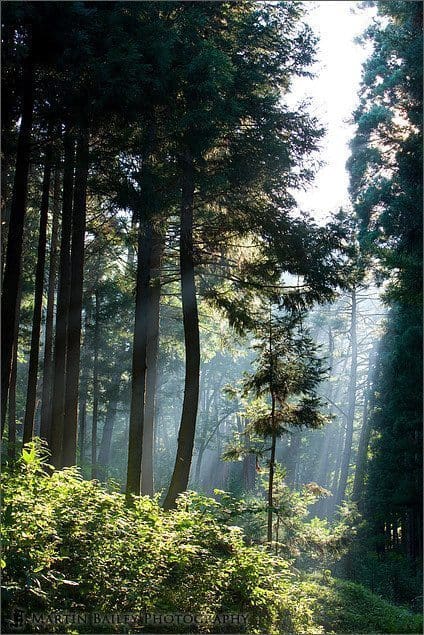
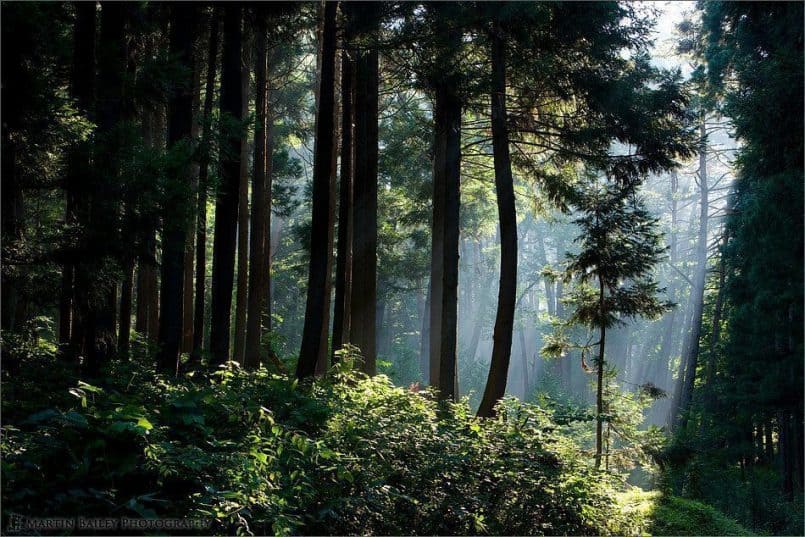
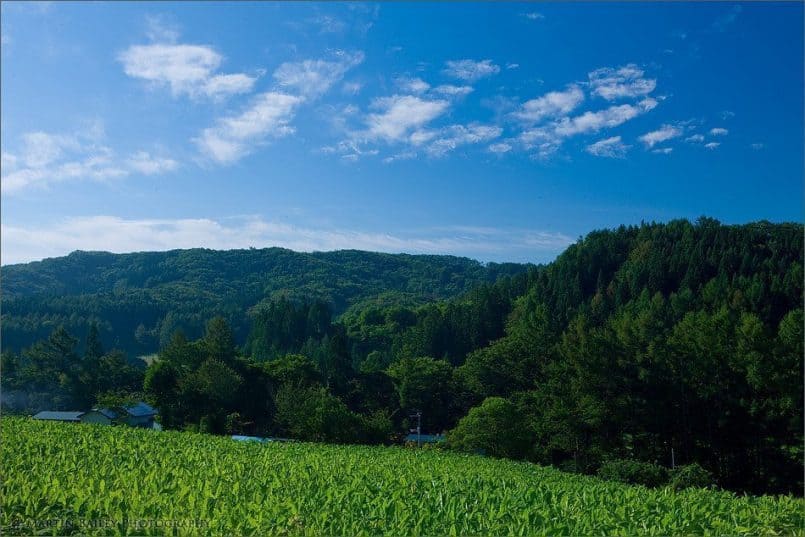
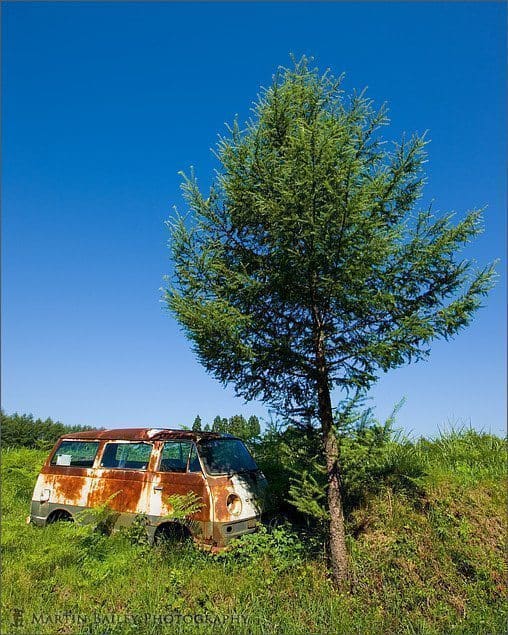
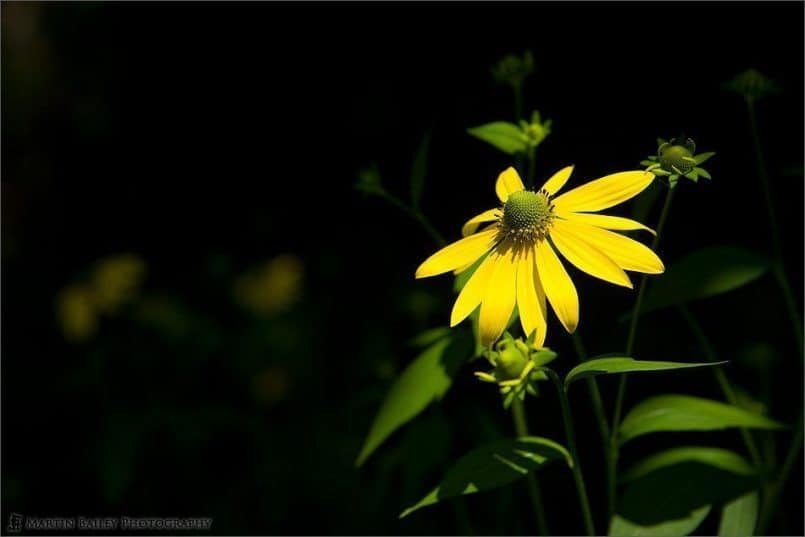
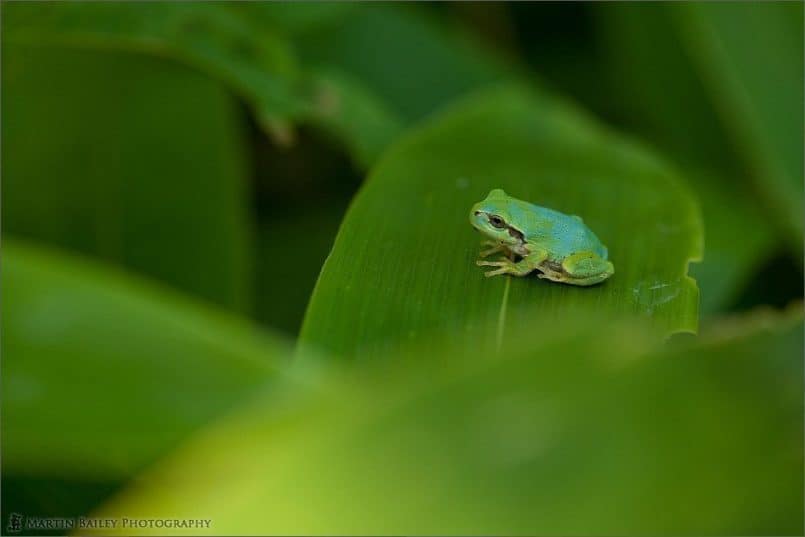







0 Comments